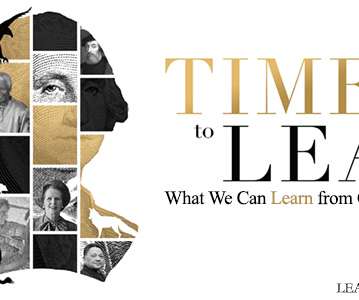Leading From Within: Shifting Ego, Ceding Control, and Rising Empathy
Great Leadership By Dan
SEPTEMBER 5, 2017
Guest post from Sophie Wade: Leadership is in the midst of a major makeover. Autonomy is a key one that impacts leaders’ positions and roles which has been found to be a critical component for increasing employee engagement and thence productivity, as noted already by Peter Drucker decades ago, especially in relation to knowledge workers.













Let's personalize your content